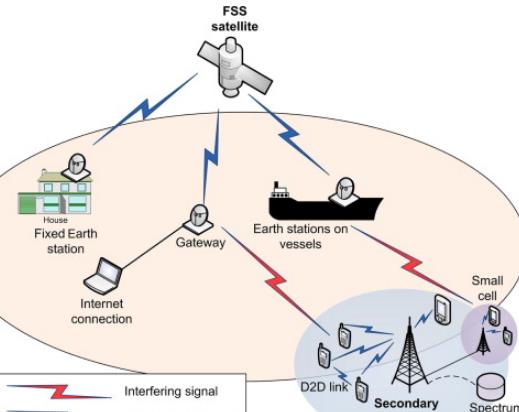How Do Waveguides H Bend Differ from Standard Bends?
In the complex world of RF and microwave engineering, the design and implementation of waveguide bends play a critical role in system performance. Among various types of waveguide bends, the waveguides H bend stands out for its specific functionality and application. Understanding how H bends differ from standard bends, typically E bends, is essential for optimizing the design of microwave systems for specific operational requirements.

Fundamental Differences in Design
Orientation and Polarization Control
The most distinctive feature of an H bend in waveguides is the orientation of the bend relative to the waveguide's cross-sectional dimensions. An H bend affects the waveguide's narrower dimension, bending it along the magnetic field (H-field). This is in contrast to E bends, which bend along the electric field (E-field) and affect the waveguide's broader dimension. The choice between an H bend and an E bend primarily depends on the desired manipulation of the wave's polarization and the spatial constraints within the system setup.
Impact on Wave Propagation
H bends are crucial in applications where the control of the magnetic component of the wave is necessary. By bending the waveguide along the magnetic field, H bends ensure that the magnetic lines of force are aligned with the bend. This alignment helps in maintaining the integrity of the signal's polarization, which is pivotal for applications such as satellite communications and radar systems where polarization mismatch can lead to signal degradation.
Applications and Suitability
Optimized for Compact Spaces
H bends are particularly valued in designs where space is limited. Their ability to bend the waveguide in its narrower plane allows for a more compact configuration, enabling designers to fit waveguide systems in tighter spaces without significant performance losses. This is especially beneficial in airborne and spaceborne systems, where every centimeter of saved space can lead to better overall system efficiency and reduced weight.
Enhanced System Performance
Using H bends can enhance system performance by reducing the wave impedance changes that typically occur in bends. By aligning the bend with the magnetic field, H bends minimize the disruption to the wave's travel path, thereby maintaining better impedance matching throughout the system. This reduction in reflection and attenuation is crucial for maintaining high signal quality in telecommunications and broadcast systems.
Comparison with Standard Bends
Minimized Signal Loss
Unlike standard bends, which may introduce more significant signal distortions due to their orientation, H bends are designed to minimize these effects. The strategic orientation of H bends helps in preserving the wave's characteristics, including its phase and amplitude, across the bend, thereby ensuring less signal loss and better overall transmission efficiency.
Installation and Maintenance
The design of H bends also facilitates easier installation and maintenance. Their compact and efficient design means that integrating them into existing systems or upgrading systems with H bends involves less physical restructuring, making them a practical choice for system enhancements.
Waveguides H Bend serve a critical function in the precise and efficient routing of RF energy in complex microwave systems. Their unique characteristics allow for enhanced control over signal polarization and alignment, critical in high-stakes applications such as radar and satellite communications. Understanding the distinct advantages of H bends over standard bends allows engineers to make informed decisions that optimize the performance and reliability of advanced microwave systems.